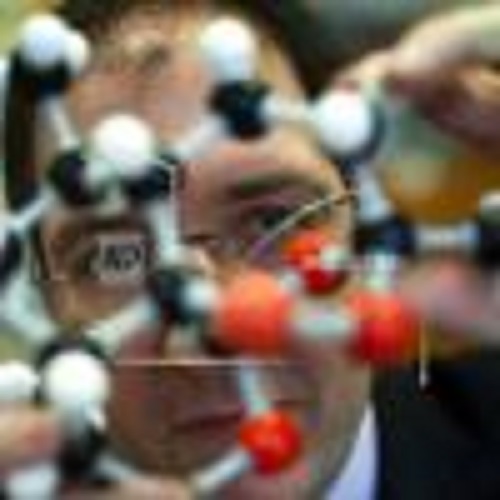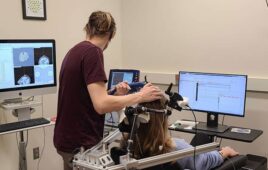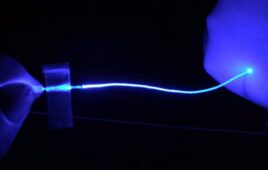
Credit: Duke-NUS Medical School
Associate Professor Wang Hongyan, Deputy Director of Neuroscience & Behavioral Disorders Program from Duke-NUS Medical School, Singapore, and her collaborators from Texas A&A University in the United States and Mechanobiology Institute of the National University of Singapore found a new role for a PITP protein called Vibrator, which along with PI4KIIIα, play important roles in asymmetric division, a complex process that involves numerous players acting on each other. They noted that the lipid binding and transfer activities are particularly important for asymmetric division. The team also found evidence that the mouse counterparts complement the phenotypes of fly vibrator mutants in the brains.
For more information, read the full article.




